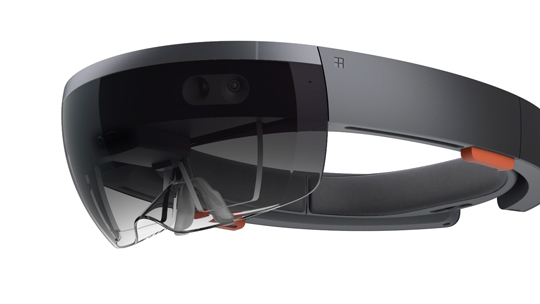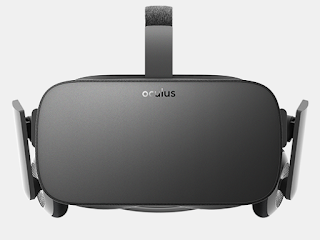The mechanical engineering field is largely designing or improving designs of machines. In order to do that the engineers have to do a lot of calculations to see if designs are viable or actually improvements over the older version. They can use 3D modeling programs on the computer to create the objects and then run simulations on those generated objects. This can be a bit cumbersome as computer screens are 2D and the engineer is trying to work with 3D pieces. That is why the onset of virtual and augmented reality devices is so exciting for engineers.
Virtual reality (VR) and augmented reality (AR) are quite similar, with the main difference being that VR immerses the user in an artificial 3D word while AR overlays its content onto and interacts with the real world. Both however could be used to interact with artificial 3D objects in a real space. This would be the main advantage for engineers: being able to see and "touch" the items that are being worked with. This is a large step up from having to do these things in 2D or creating a new real world prototype every time a small change is made. The reason all of this is relevant is that there will be roughly a dozen VR and AR hardware launches in the next year.
2016 will really be the start of consumer level reality devices. To compare all of the different devices coming out , we have to create some sort of frame work to check all of the devices against. The first criteria should be price of the device, because as we all know price will affect which companies will be able to use it in their businesses. The second thing we look at should be the capabilities in terms of specifications. Next we can examine the overall design and appeal of the hardware. Lastly we check the reputability of the company.
All of these criteria can looked into now before any of the products launch. Instead of trying to look at all of these characteristics for each piece of hardware that will be available this year, for purpose of this blog I am going to look at the most popular in the respective reality types. The first representing VR, Oculus Rift, is launching on March 28th. The second representing AR, Microsoft HoloLens, is launching March 30th. In terms of price, Rift is $600 and HoloLens is $3,000. In terms of specifications those can be found on
this website for Oculus Rift and
this site for Microsoft HoloLens. These specs are hard to compare since they are performing very different tasks for the most part, however the main difference seems to be Hololens has a built in computer while Rift gets fed information from a nearby users computer and is therefore limited by it. Next we will look at the styles. The Rift has a large black oval for an eye piece, looking like swimming goggles that have been combined with small headphones. It also has a strap that goes over the around the head and over its crest. The HoloLens has slightly tinted eye pieces and goes all the way around the head. Lastly both companies are reputable. Though Oculus is only 4 years old, they have garnered a lot of attention and were bought for $2 billion by Facebook. Microsoft has been around since 1975 and has been one of the main faces of the computing industry.
In terms of which of these devices would be better for using in the engineering field, I can't say. It will be interesting to see in the next few months how companies decided to incorporate these. They both have their obvious pros and cons. But the obvious one both have right now is the availability of compatible programs for doing engineering simulations and modeling. In the near future, we should be able to draw new criteria from our experiences with the technology to determine what characteristics we should be looking for in our virtual and augmented reality hardware.


No comments:
Post a Comment